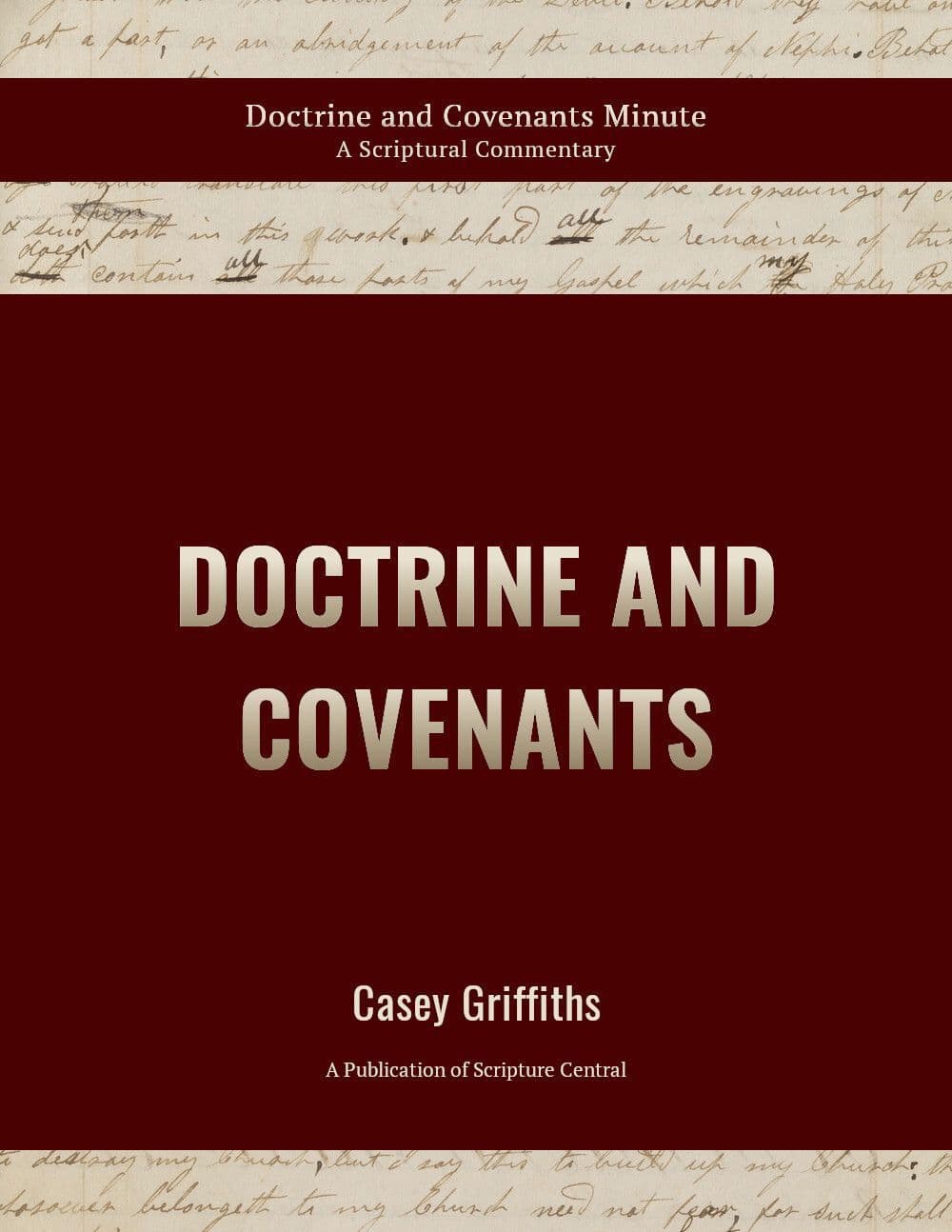Book
144 Chapters

The revelation in section 22 was given shortly after the organization of the Church. The earliest dated copy of the revelation, a manuscript in the handwriting of William E. McLellin, recorded the revelation as being given on April 16, 1830.1 In a discourse given in 1872, Elder Orson Pratt, gave the following context for its reception, “This is the reason why the Lord commanded this people—the Latter-day Saints—to re-baptize all persons who come to them professing to have been baptized before. In the early days of this Church there were certain persons, belonging to the Baptist denomination, very moral and no doubt as good people as you could find anywhere, who came, saying they believed in the Book of Mormon, and that they had been baptized into the Baptist Church, and they wished to come into our Church. The Prophet Joseph had not, at that time, particularly inquired in relation to this matter, but he did inquire, and received a revelation from the Lord.2
When Church Historian John Whitmer copied the revelation, he gave it the following heading: “A Revelation given to Joseph the Seer. Some were anxious to join the Church without rebaptism and Joseph enquired of the Lord and he received as follows.”3
1 Behold, I say unto you that all old covenants have I caused to be done away in this thing; and this is a new and an everlasting covenant, even that which was from the beginning.
2 Wherefore, although a man should be baptized an hundred times it availeth him nothing, for you cannot enter in at the strait gate by the law of Moses, neither by your dead works.
3 For it is because of your dead works that I have caused this last covenant and this church to be built up unto me, even as in days of old.
4 Wherefore, enter ye in at the gate, as I have commanded, and seek not to counsel your God. Amen.
Doctrine and Covenants 22 speaks of old covenants being swept away in favor of “a new and everlasting covenant.” This is the first time this phrase appears in Joseph Smith’s revelations, and it hints at a broader restoration of the covenants of the Lord, effectively making them “new” in our time. At the same time, the Lord states that this covenant existed “from the beginning,” revealing the covenant’s ancient and eternal nature. In the Articles and Covenants, it was revealed that baptism was practiced “not only [among] those who believed after he came in the meridian of time, in the flesh, but also [among] all those from the beginning” (D&C 20:25–26). Only a few months after this revelation was given, it was revealed to Joseph that Adam was baptized anciently (Moses 6:52–52).
Later, Joseph Smith taught, “Now taking it for granted that the scriptures say what they mean, and mean what they say, we have sufficient grounds to go on and prove from the [B]ible that the gospel has always been the same; the ordinances to fulfil its requirements, the same; and the officers to officiate, the same; and the signs and fruits resulting from the promises, the same.”4 However, in ancient times as well as in the latter days, gospel ordinances must be performed by an authorized servant holding the priesthood in order to be recognized by God.
Book
144 Chapters
Items in the BMC Archive are made publicly available for non-commercial, private use. Inclusion within the BMC Archive does not imply endorsement. Items do not represent the official views of The Church of Jesus Christ of Latter-day Saints or of Book of Mormon Central.